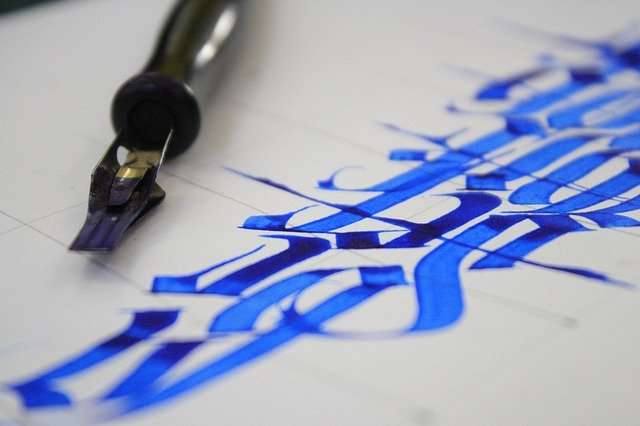The word mandala comes from the Sanskrit word for circle. Mandala wall art is a symbolic representation of the universe, and each part represents one or more aspects of life.
The focus is on the center of the mandala wall art. It’s not always easy to see this clearly. As you look at a mandala, you can become aware that it starts to appear in your mind’s eye. If you find this happening, don’t stop looking at it; just let your eyes go out of focus a bit, and then continue to observe. With practice, your mind will relax and allow you to see the image as it was intended to be seen. You will begin to feel the healing effects of the mandala wall art come over you.*
Many people feel they experience something akin to an awakening in their consciousness when they look at a mandala. This is because everything in our lives is connected together by energy flows.*
Mandala wall art is a creative endeavor that can be used as a tool to help you meditate. It is also used by the therapist to help patients express their feelings and thoughts in a visual format.
Tara Mandala artwork can be seen in various forms as it has been adapted by various cultures throughout history. Here are some examples of mandala artwork in different cultures:
India – The Hindu religion uses the design in their temples and sand paintings. It is also temporary painted on the floor during a festival or celebration.
The Tibetan culture uses the symbol to depict sacred geometry and it is believed to bring good luck. They use it as an offering during rituals, weddings and many other special events.
The Celtic culture uses the symbol for their jewelry, stained glass windows, pottery and other decorative items.
Some psychologists believe that patients who view mandalas are able to express themselves more easily than normal because it allows them to focus on what they want to say without interruption from others or distractions from their surroundings. In addition, when patients create their own mandalas, they are able to see what they want to say rather than being told what to say. This leads them to feel more confident in expressing themselves since they have had more control over how they want
Mandala wall art has a long history of being used for healing and meditation. They are used for a variety of reasons, including offering peace and tranquility to the one who views it. The mandala is a circular symbol that represents wholeness and unity. For many people, it is said to have a calming effect.
The mandala is an ancient spiritual symbol that represents the universe. It is often seen as a sacred or spiritual path that leads to the divine. These symbols are used in meditation, prayer and other spiritual practices. Mandalas can be constructed from many different things, but most commonly is seen as geometric shapes such as circles or squares. The outside lines are often connected to each other, and there may be patterns inside the outer circle. Often these patterns are seen as pathways that you can follow in your own meditations.
Image Source: http://www.goodwallart.com/Mandala-Wall-Art-c3_12-1_24_.html
Despite the fact that they both have circular shapes, they do look very different. This can be attributed to the fact that they come from different countries of origin, with the Tibetan Mandala being more intricate than its Indian counterpart.* Tibetan Mandalas are more intricate than their
The ancient art of mandala wall art has been practiced for thousands of years. This practice is rooted in an understanding of the world that can be traced back to Tibetan Buddhism.
Tibetan Buddhists believe that everything is energy and energy has a frequency; this frequency has been called “The Golden Mean”. The Golden Mean is also known as Divine Proportion, the Fibonacci Sequence and Phi (1.618). It is this ratio of 1:1.618 that creates the spiral shape we see throughout nature, including in our own DNA.
A mandala wall art is created by applying paint or ink to a canvas using a brush or your fingers. The process works with the mathematical proportions found in nature, creating a symbol of enlightenment within an abstract form which cannot be represented in words or pictures.
When you look at a mandala wall art it triggers a response from your subconscious mind, encouraging you to tap into your intuition and creativity. The most powerful part of the process occurs when you allow yourself to become involved in the creation of the piece. You will begin to feel an inner transformation take place as you express yourself on canvas. When you are finished you will have created something unique which will reflect your inner journey back to balance and harmony.
Many people have heard of mandalas but may not understand what they are. Mandala is a Sanskrit word that means circle. It’s a spiritual concept representing the universe and all things in it. A mandala can be drawn freehand or created on a computer.
If you’re struggling with any particular problem, a mandala might help you find peace of mind and bring clarity to an issue.
Mandalas are often used for personal healing because they can help bring about awareness, balance and inner peace. They can also help to release subconscious blocks that may be causing physical or emotional discomfort. Some people use mandalas in meditation or yoga practice as part of their spiritual journey.
The design is visually appealing, and the act of creating the artwork is said to be therapeutic by itself. There’s no right or wrong way to create a mandala — just let your creativity flow and get lost in the art!
The word mandala means universe. The ancient beliefs surrounding this art form are based on the understanding that it can provide a space that creates peace, harmony, and serenity. In essence, it is a place for healing.
The forms of mandala art have changed over time, but its spiritual significance has remained the same. For example, the Kalachakra Mandala, is a sacred drawing that has been created for meditative purposes by many schools of Tibetan Buddhism and Vajrayana Buddhism.
Tibetan Buddhists believe that this art form has great healing powers which can be used to purify one’s mind and to bring about enlightenment. The Kalachakra is known as one of the most complex mandala drawings and can take up to 2 years for an experienced artist to complete!
Art Therapy is known as being helpful in treating mental health problems such as depression and anxiety. This healing practice can also be used to treat physical ailments such as migraine headaches and fibromyalgia. Studies have shown that people who participate in arts therapy sessions usually experience changes in their moods, stress levels, sleeping patterns and overall outlook on life. Furthermore, they often feel more confident in themselves after taking part in these types of activities.
Tibetan Buddhist monks


